Astrantia Companion Plants That Will Make Your Garden Pop
Astrantia Companion Plants That Will Make Your Garden POP
Astrantias are beautiful, versatile plants that can add a touch of elegance to any garden. They come in a variety of colors, including white, pink, red, and purple, and their delicate flowers are arranged in star-shaped clusters. Astrantias are also relatively easy to care for, making them a good choice for even beginner gardeners.
If you're looking to add some astrantias to your garden, you'll need to choose the right companion plants. The right companions will help to highlight the beauty of your astrantias and create a visually appealing and harmonious garden.
Here are some of the best companion plants for astrantias:
- Dryopteris. These ferns add a touch of lushness and greenery to any garden. They also provide some shade for the astrantias, which prefer part shade.

- Gilenia trifoliata. This plant is known for its delicate, white flowers that bloom in the summer. It's a good choice for adding some contrast to the bold colors of the astrantias.
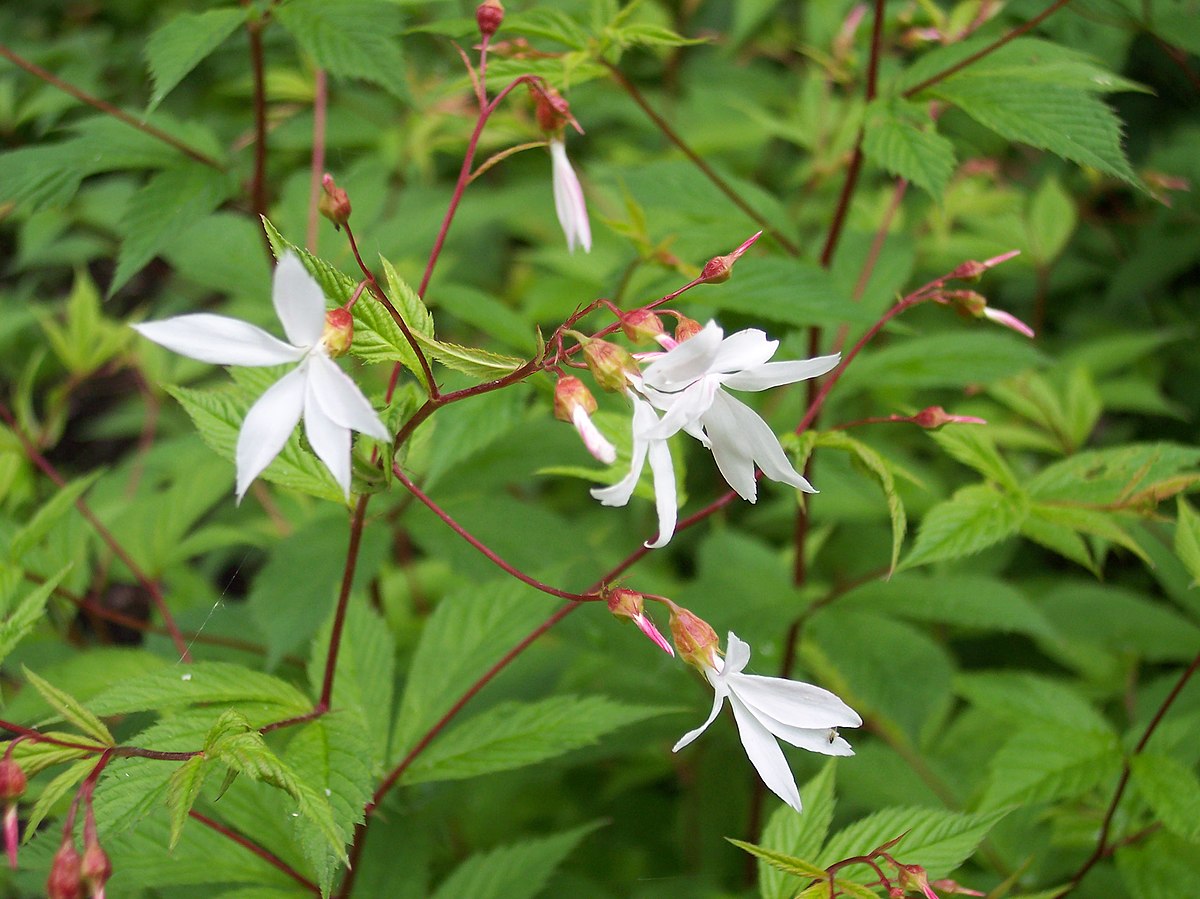
- Thalictrums. These plants have tall, airy blooms that add a touch of drama to the garden. They come in a variety of colors, so you can choose the perfect ones to complement your astrantias.
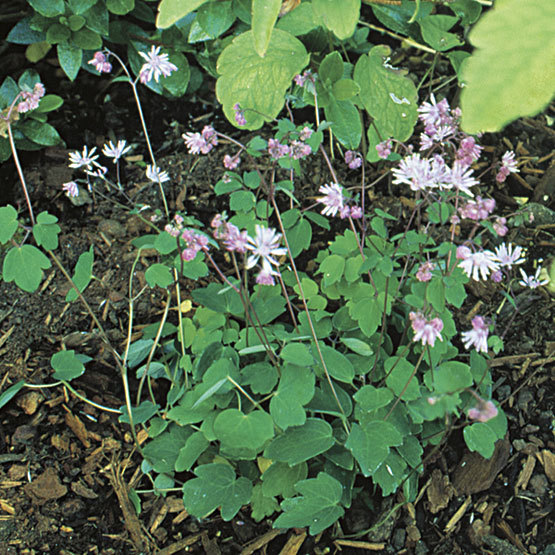
- Persicaria amplexicaulis. This plant is known for its bright pink or red flowers that bloom in the summer. It's a good choice for adding some color to the garden and attracting butterflies and hummingbirds.
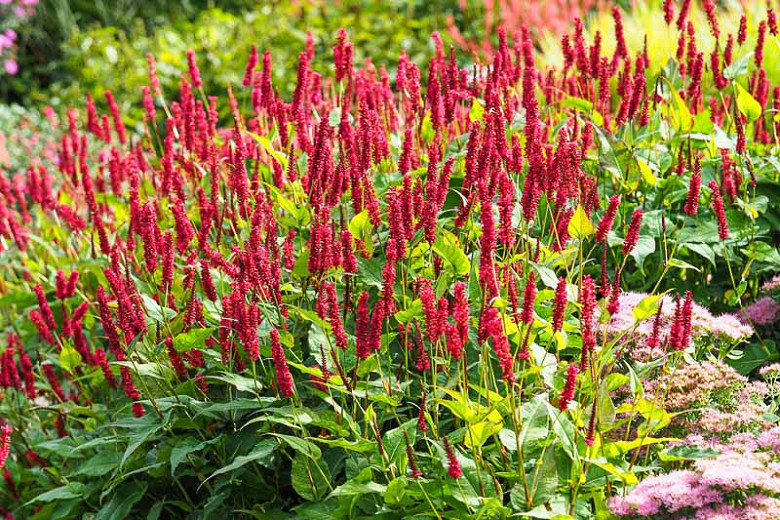
- Lysimachia atropurpurea. This plant is known for its dark purple flowers that bloom in the summer. It's a good choice for adding some contrast to the astrantias and creating a visually interesting garden.
- Melica altissima. This grass adds a touch of texture and height to the garden. It's a good choice for pairing with astrantias that have shorter blooms.
- Geums. These plants have daisy-like flowers that bloom in the spring and summer. They come in a variety of colors, so you can choose the perfect ones to complement your astrantias.
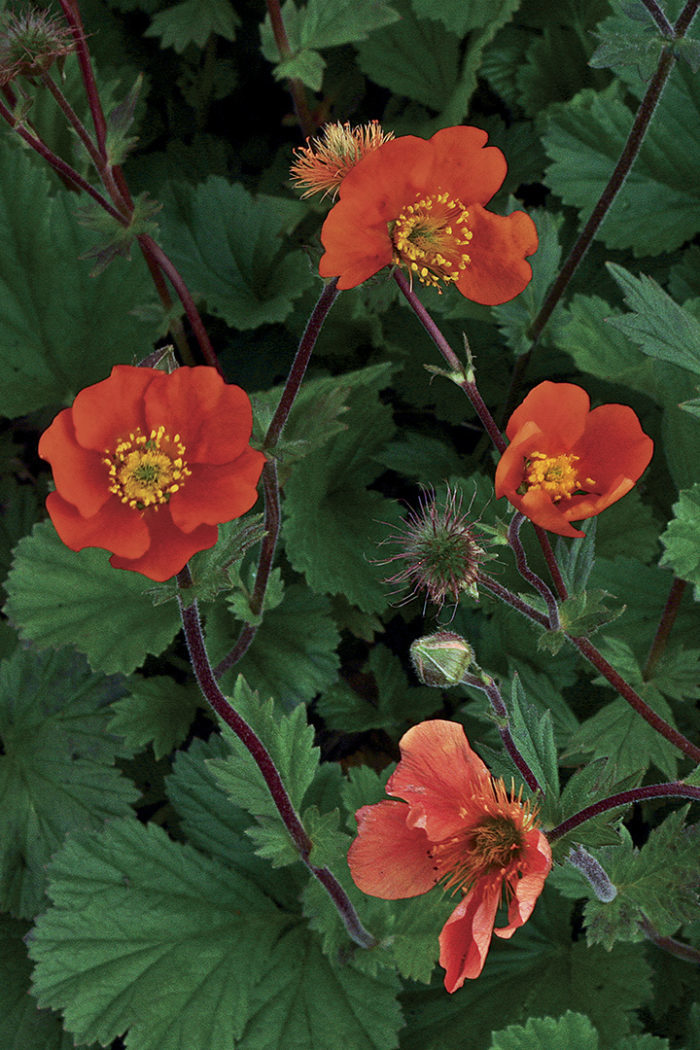
- Salvias. These plants have brightly colored flowers that bloom in the summer. They're a good choice for adding some color and interest to the garden.
When choosing companion plants for astrantias, it's important to consider the size, color, and bloom time of the plants. You want to choose plants that will complement each other and create a visually appealing garden. You also want to choose plants that have similar water and sunlight requirements.
With a little planning, you can create a beautiful and harmonious garden by pairing astrantias with the right companion plants.
Conclusion
Astrantias are beautiful and versatile plants that can add a touch of elegance to any garden. By choosing the right companion plants, you can highlight the beauty of your astrantias and create a visually appealing and harmonious garden.
Here are some of the key takeaways from this blog post:
- Astrantias prefer part shade and moist, well-drained soil.
- They are relatively easy to care for and do not require a lot of maintenance.
- There are many different varieties of astrantias available, so you can choose the perfect ones for your garden.
- When choosing companion plants for astrantias, consider the size, color, and bloom time of the plants.
- You also want to choose plants that have similar water and sunlight requirements.
With a little planning, you can create a beautiful and harmonious garden by pairing astrantias with the right companion plants.
Astrantias are beautiful and versatile perennials that can add a touch of elegance to any garden. They come in a variety of colors, including white, pink, red, and purple. Astrantias are also relatively easy to care for, making them a good choice for beginner gardeners.
One of the best things about astrantias is that they can be paired with a variety of other plants to create stunning garden compositions. Some good companion plants for astrantias include:
- Ferns: Ferns add a touch of lushness and texture to any garden. They also provide shade for astrantias, which prefer part shade.
- Hostas: Hostas are another shade-loving plant that can complement the delicate flowers of astrantias.
- Ornamental grasses: Ornamental grasses add height and movement to a garden. They also provide a contrasting texture to the smooth leaves of astrantias.
- Daisies: Daisies are a classic garden flower that can add a touch of cheerfulness to any space. They also bloom at the same time as astrantias, so they can be planted together to create a long-lasting display.
If you're looking for more inspiration for astrantia companion plants, I recommend visiting Gardenia Inspiration. This website has a comprehensive list of plants that can be paired with astrantias, along with photos and planting tips.
FAQ of astrantia companion plants
- What are some good companion plants for astrantia?
Astrantias are versatile plants that can be paired with a variety of other plants. Some good companion plants include:
* Dryopteris (ferns)
* Gillenia trifoliata (sweet rocket)
* Thalictrums ( meadow rue)
* Persicaria amplexicaulis (syn. Polygonum amplexicaule, smartweed)
* Lysimachia atropurpurea (purple loosestrife)
* Melica altissima (tall melic grass)
* Geums (avens)
* Salvias (sage)
These plants complement astrantias in terms of their size, color, and bloom time. For example, ferns provide a graceful backdrop for astrantias' upright flowers, while sweet rocket adds height and interest to the border. Meadow rue and smartweed offer delicate, airy blooms that contrast nicely with astrantias' bolder flowers. Purple loosestrife and tall melic grass add a touch of height and texture to the garden, while avens and sage provide a range of colors to complement astrantias' white, pink, or red flowers.
- What are the benefits of companion planting with astrantia?
There are a number of benefits to companion planting with astrantia. For example, companion plants can:
* Help to attract pollinators, such as bees and butterflies, which can help to increase fruit and vegetable production.
* Help to deter pests, such as aphids and slugs.
* Improve the health and vigor of astrantia plants.
* Add interest and diversity to the garden.
- How far apart should astrantia companion plants be planted?
The spacing requirements for astrantia companion plants will vary depending on the size of the plants. However, as a general rule, companion plants should be spaced about 12-18 inches apart. This will give them enough room to grow and spread without crowding each other.
- When should astrantia companion plants be planted?
Astrantia companion plants can be planted in the spring or fall. If planting in the spring, wait until the soil has warmed to at least 60 degrees Fahrenheit. If planting in the fall, plant before the first frost.
- How to care for astrantia companion plants?
Astrantia companion plants are relatively low-maintenance. They need well-drained soil and full sun to partial shade. They should be watered regularly, especially during hot, dry weather. In the spring, apply a balanced fertilizer to help promote healthy growth.
Image of astrantia companion plants
5 different images of "astrantia companion plants" from Pinterest:
- Astrantia and campanula: Astrantia and campanula are both early-summer bloomers that love moist soil. They can be planted together in a shady spot to create a lush, cottage-style garden.
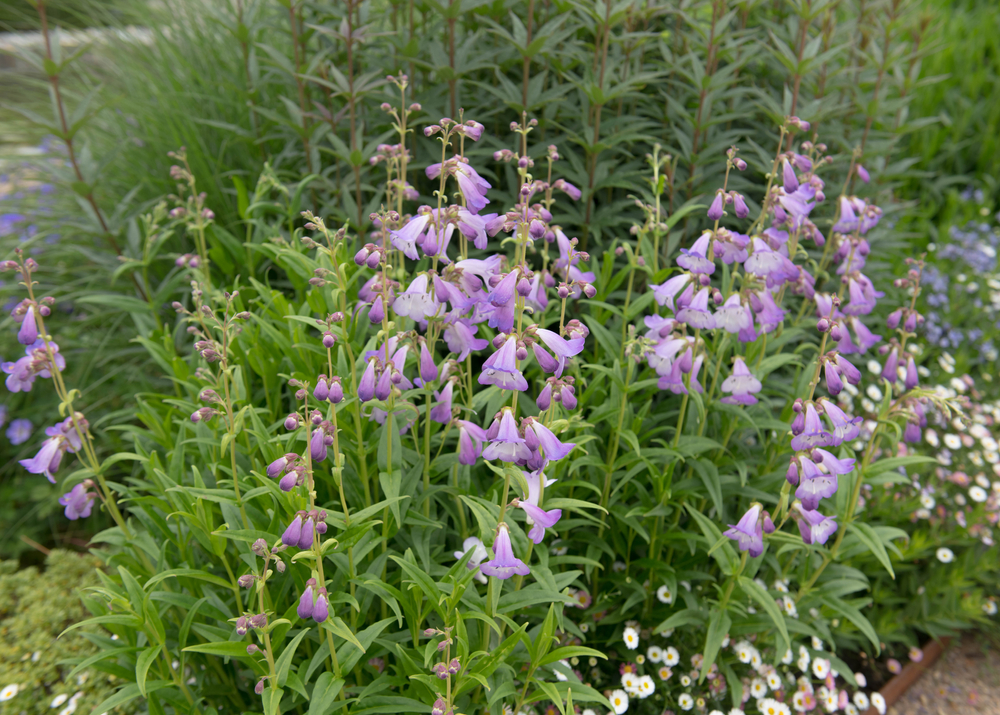
- Astrantia and delphinium: Astrantia and delphinium are both tall, upright plants that can be planted together to create a vertical focal point in the garden. They bloom at different times of the summer, so they will provide color for months.

- Astrantia and geranium: Astrantia and geranium are both low-maintenance plants that are easy to grow. They can be planted together in a sunny spot to create a colorful and carefree border.
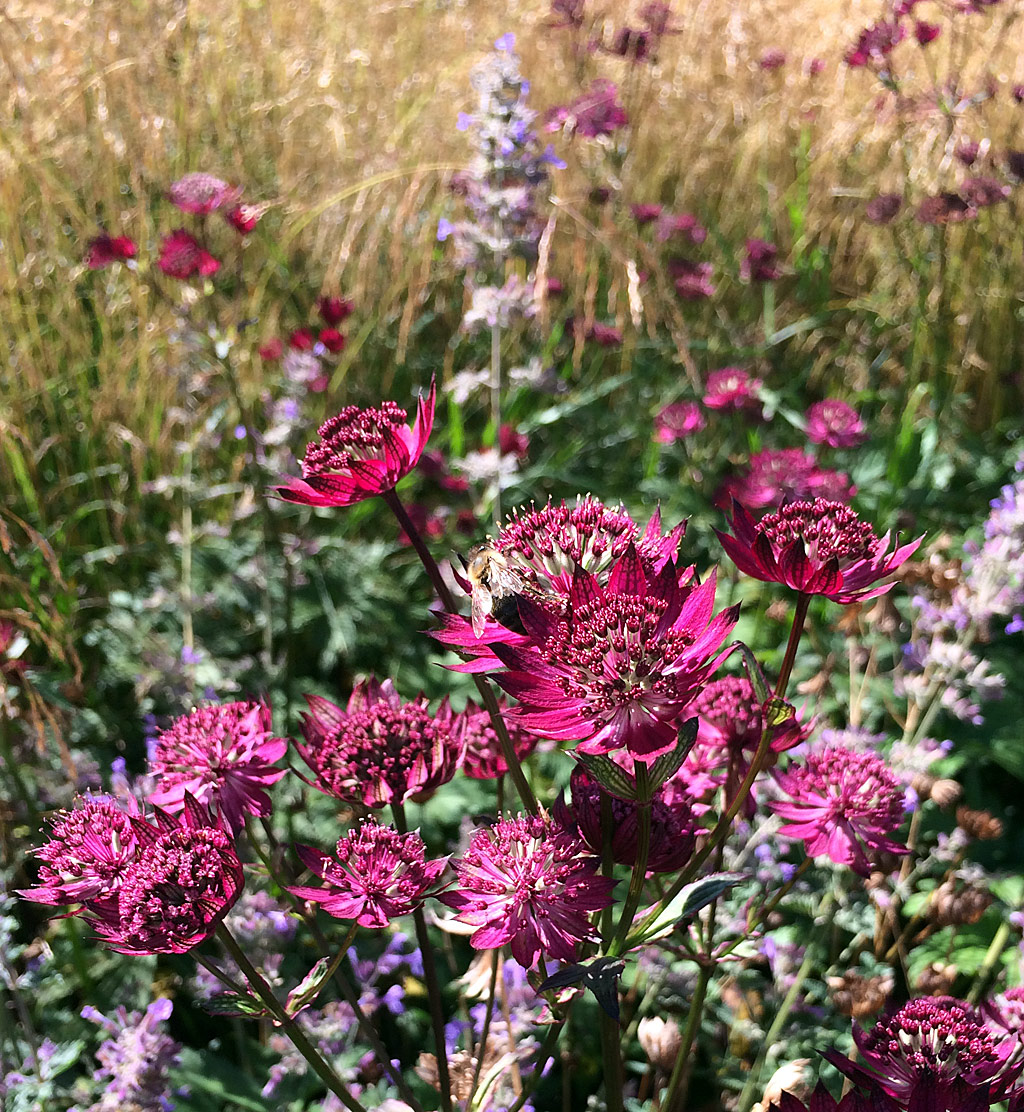
- Astrantia and hosta: Astrantia and hosta are both shade-loving plants that can be planted together to create a cool and shady spot in the garden. They will provide interest and color throughout the summer.

- Astrantia and salvia: Astrantia and salvia are both late-summer bloomers that can be planted together to create a long-lasting display. They come in a variety of colors, so you can choose the perfect combination for your garden.
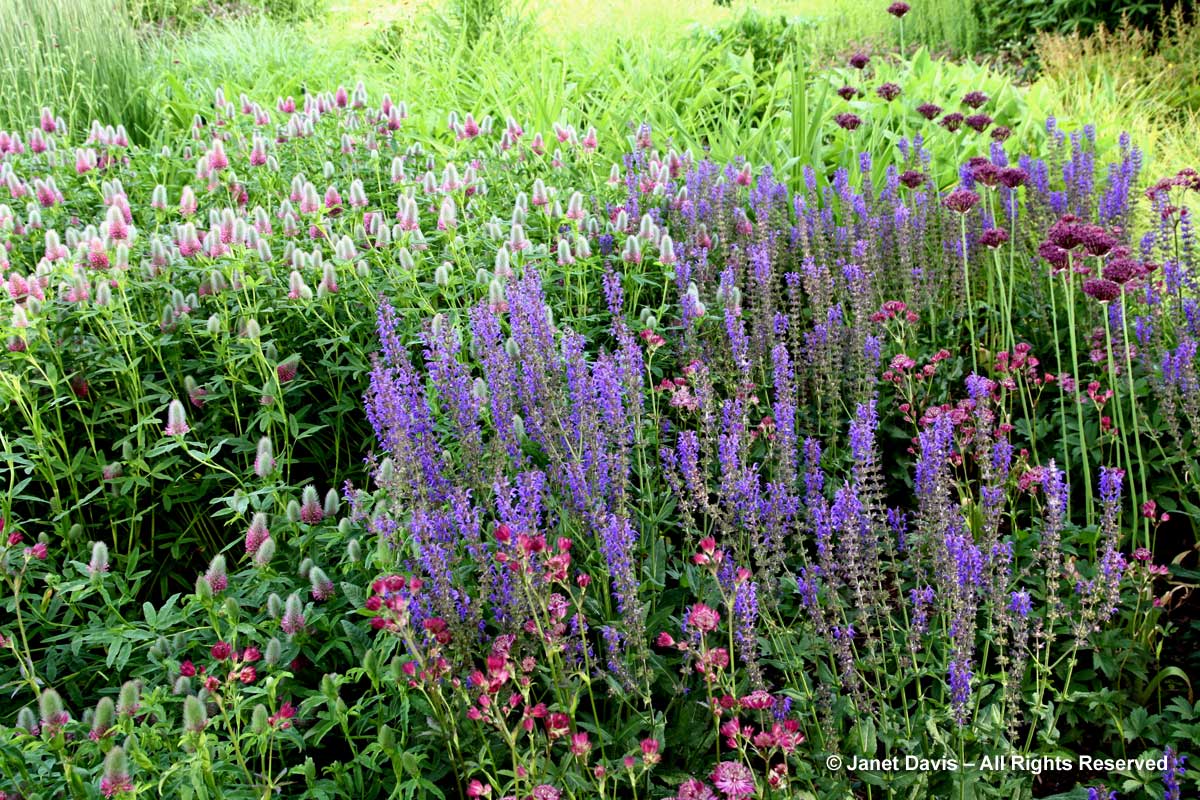
Post a Comment for " Astrantia Companion Plants That Will Make Your Garden Pop"